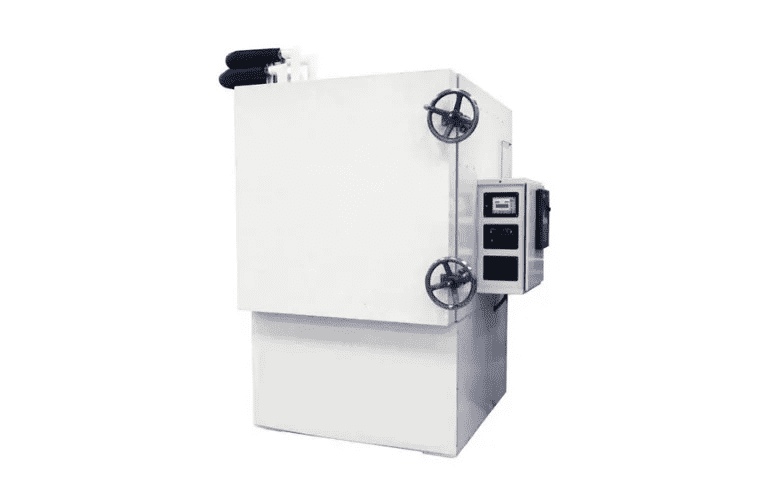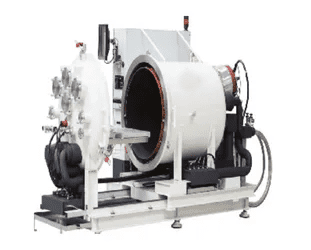What is a vacuum?
A vacuum is a space with low pressure from where all matter is removed which could possibly affect the testing or manufacturing processes.
Industries use a vacuum pump to test their products for leaks, endurance and stability. Almost like environmental chambers, vacuum chambers provide valuable data and insights into a product‘s capability. Accordingly, adjustments are made to improve the quality of the product.
Testing chambers have been an important step forward for the industry. These let a company know the parameters and limits of its products. The information is then passed on to the users and customers.
Vacuum chambers are a crucial tool for manufacturing. These supply data to ensure the safety of products and also highlight any flaws if any. The tests determine leaks or their resistance to environmental conditions that may contain a vacuum.
One of the most damaging substances during manufacturing is moisture. By subjecting a product to a vacuum, moisture or any micro-sized gas bubbles are removed.
Further, vacuum chambers are used to apply protective films, finishes and coatings.









